
“Our huipiles are suffering a kind of desecration.” Mayan weavers in Guatemala are alarmed at the possibility that their huipiles might disappear. They see danger coming from different directions. And they are speaking up about it and looking for solutions.
For Mayan women, huipiles are treasures bestowed upon them by their ancestors. The colors, patterns, and symbols of huipiles express the worldview and values of Mayan culture. Yet, Angelina Aspuac, leader of AFEDES (Asociación Feminine para el Desarrolla de Sacatapéquez or Women's Association for the Development of Sacatapéquez), a group of indigenous women working together to improve their economic opportunities, laments businesses are buying huipiles and making them into shoes. “It feels as if someone is stepping on our cultural and spiritual values. It is as if you’d use a religious cloth, such as a vestment, to make shoes or any other mundane object that you could actually make with any kind of inexpensive cloth.”
Marta Julia Puac Camey, a back-strap loom weaver from AFEDES, talks about the proliferation of bags, backpacks, and purses made with huipiles in the markets all over Guatemala. She explains that businesses are now buying used huipiles to make items popular in the marketplace, both in Guatemala and abroad. These businesses usually commission local women to purchase used huipiles in the communities where they live. They pay only $5 to $7 for a huipil in good shape—when they should be paying at least ten times as much. The businesses then cut the huipiles into pieces and incorporate them into the bags that sell for as much as $100 or more. Puac Camey emphasizes that buying used huipiles does not generate more work for the women. The women who sell their huipiles cannot purchase a new one and will often resort to wearing a t-shirt from then on, or at least for as long as it takes them to save money to buy the yarn to weave a new huipil. Businesses are making money with an item that represents identity and tradition to the woman who wears it. And, says Puac Camey, they are taking advantage of the poverty of the women who, for lack of opportunities to feed their families, feel compelled to sell their huipiles at this very low price.
And there is more. Maria Teodora Hernandez, also a backstrap loom weaver from AFEDES, expresses her concern about computerized machines that are reproducing the designs of several of the huipiles. These machines do a kind of needlework embroidery that imitates cloth made on the backstrap loom. Though the quality of this cloth cannot be compared to a traditional woven huipil--the women complain about it being stiff and unraveling easily—the price is usually 1/5 of the price of a new woven huipil. Making computerized huipiles is fast in contrast to the many months it takes to weave a huipil on the backstrap loom. Traditional huipiles appear too expensive by comparison. When Mayan women see the prices of machine-made huipiles, Hernandez explains, they are inclined to buy these.
Both the purchase of used huipiles at extremely low prices and the appearance of “computerized” huipiles in the market are tremendous blows to traditional weavers and the ancient art of backstrap loom weaving. The demand for traditional huipiles has decreased considerably. If huipiles disappear, a central symbol of Mayan identity will be lost. Amilcar Pop, a Mayan lawyer and congressman, asserts that while it is fine that huipiles and other handwoven textiles are bought and sold in the marketplace, the weavers and their communities should also benefit from this exchange. Otherwise, he says, as it happens right now, it only generates deeper poverty for indigenous people.
AFEDES is spearheading an effort to protect the huipil. Working together with Abogados Mayas, a group of Mayan lawyers, AFEDES has presented a petition to the Government of Guatemala to protect the collective rights of Mayan people to their designs, textiles, and clothes. They are petitioning a law that will recognize Mayan people as the legitimate creators and owners of these items, protect them from exploitative appropriation, and create incentives for weavers to continue this ancient tradition.
Information for this post comes from:
- Santiago Boton (Telesur), facebook post June 1
- Telesur, you tube, Guatemala: exigen proteccion de disenos textiles indigenas, propiedad intelectual colectiva Junio 9, 2016.
- http://afedes.blogspot.com/ 4 2016,

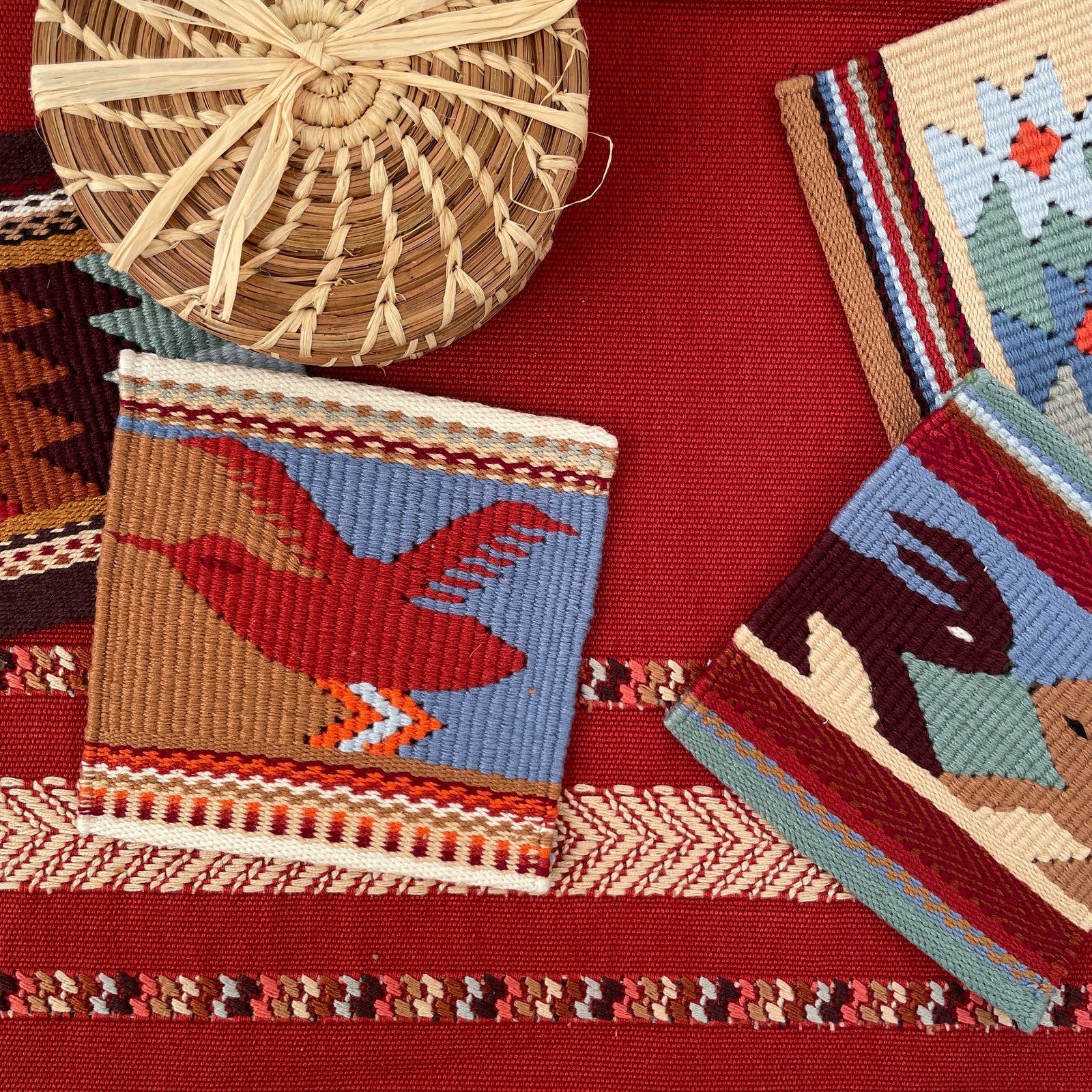
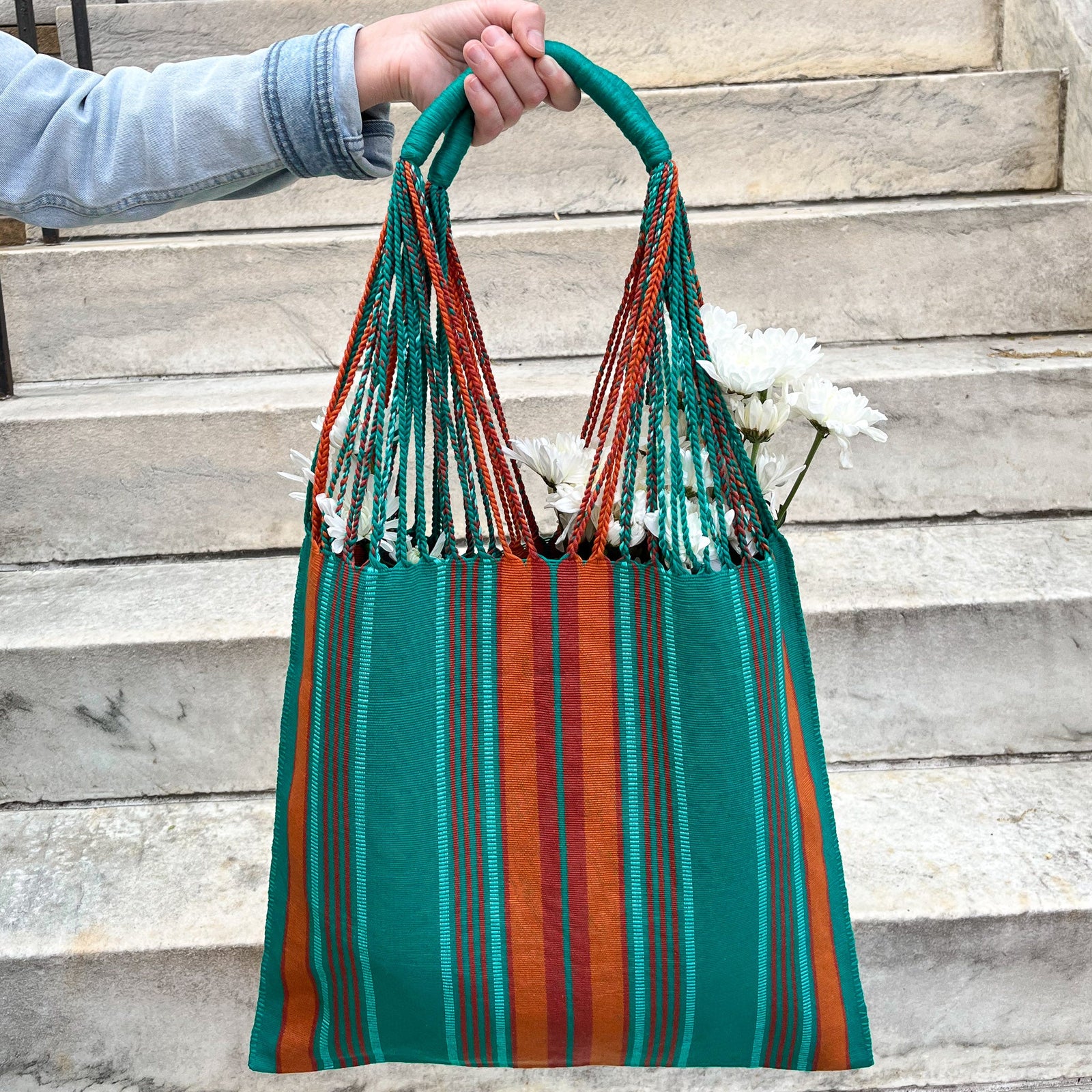
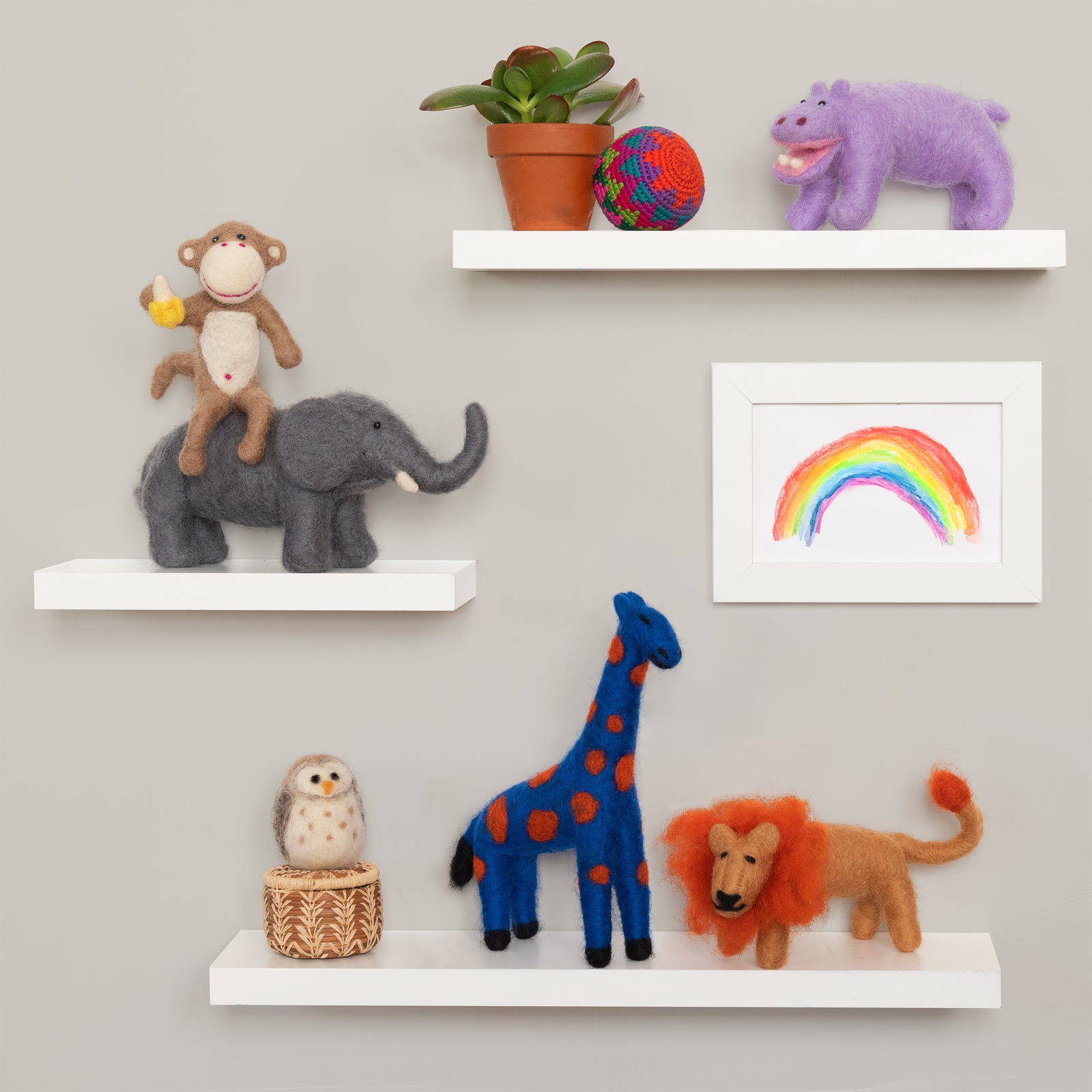
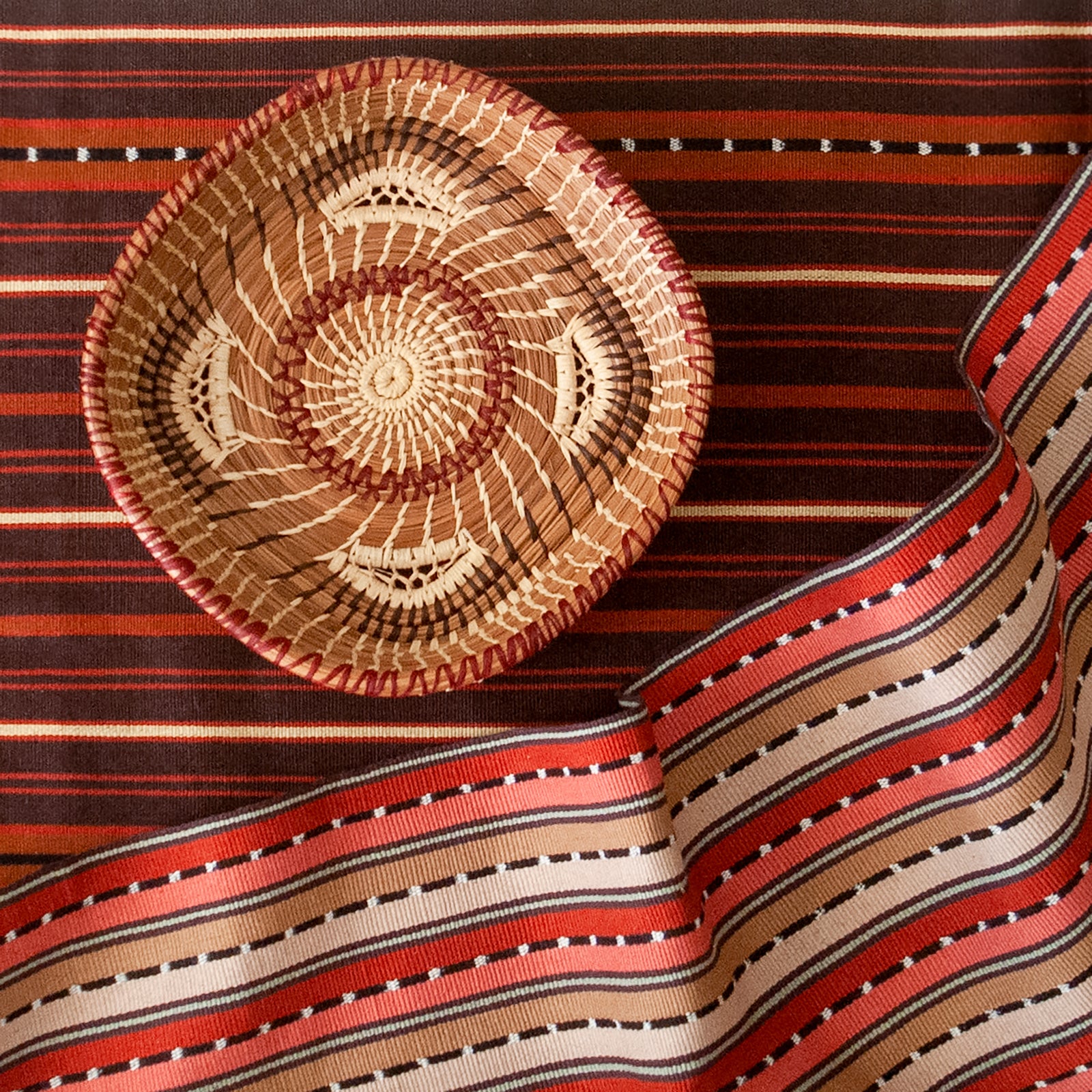
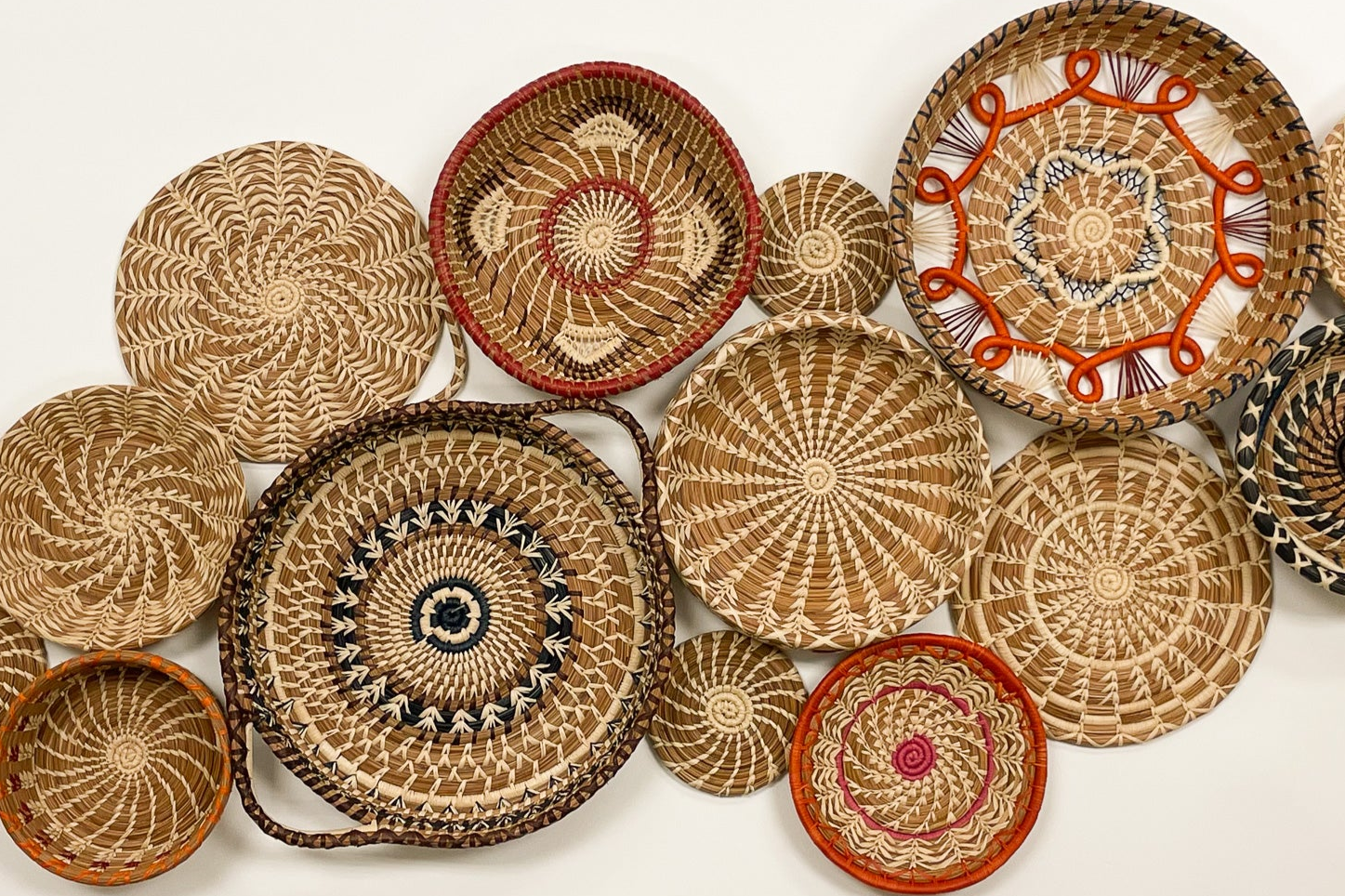

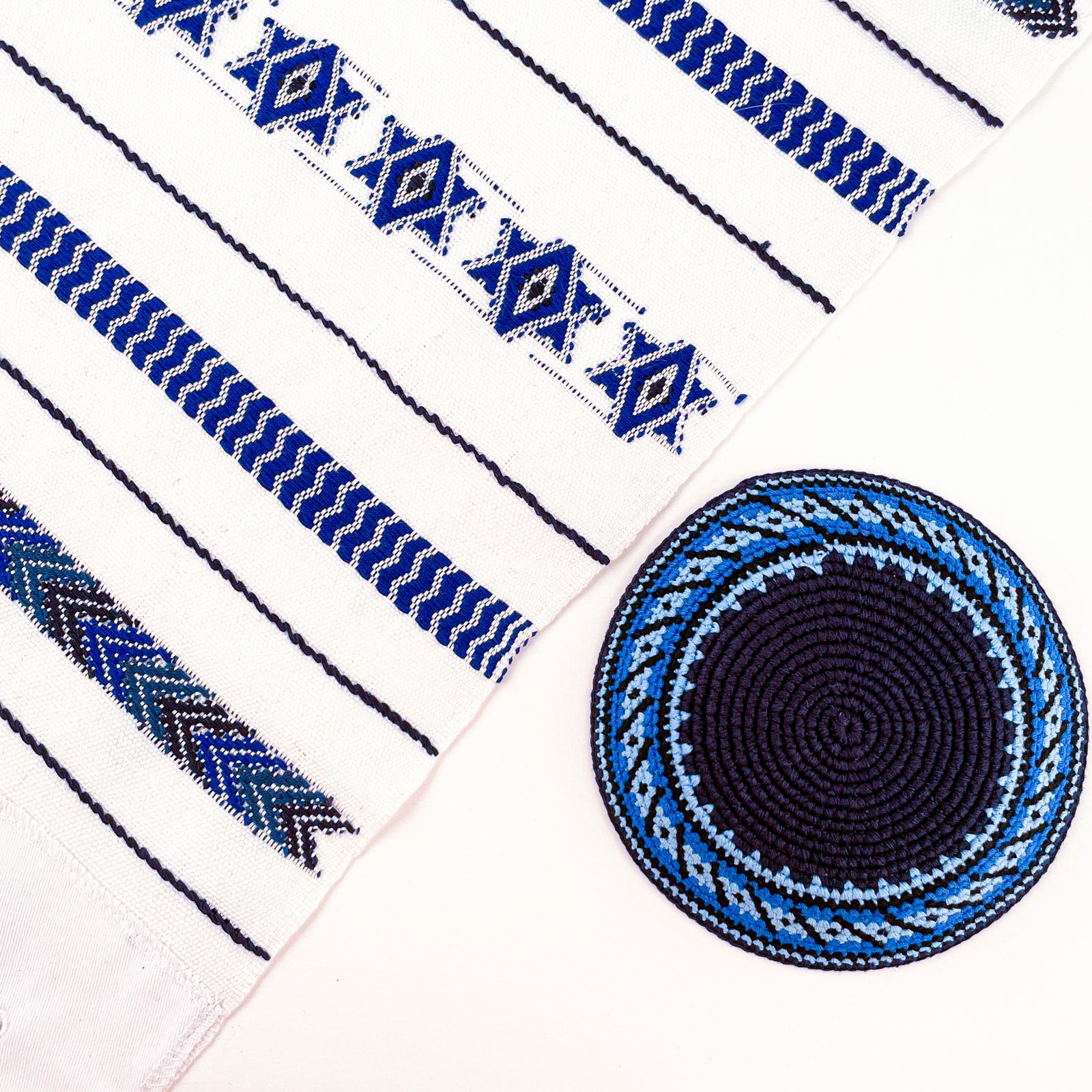

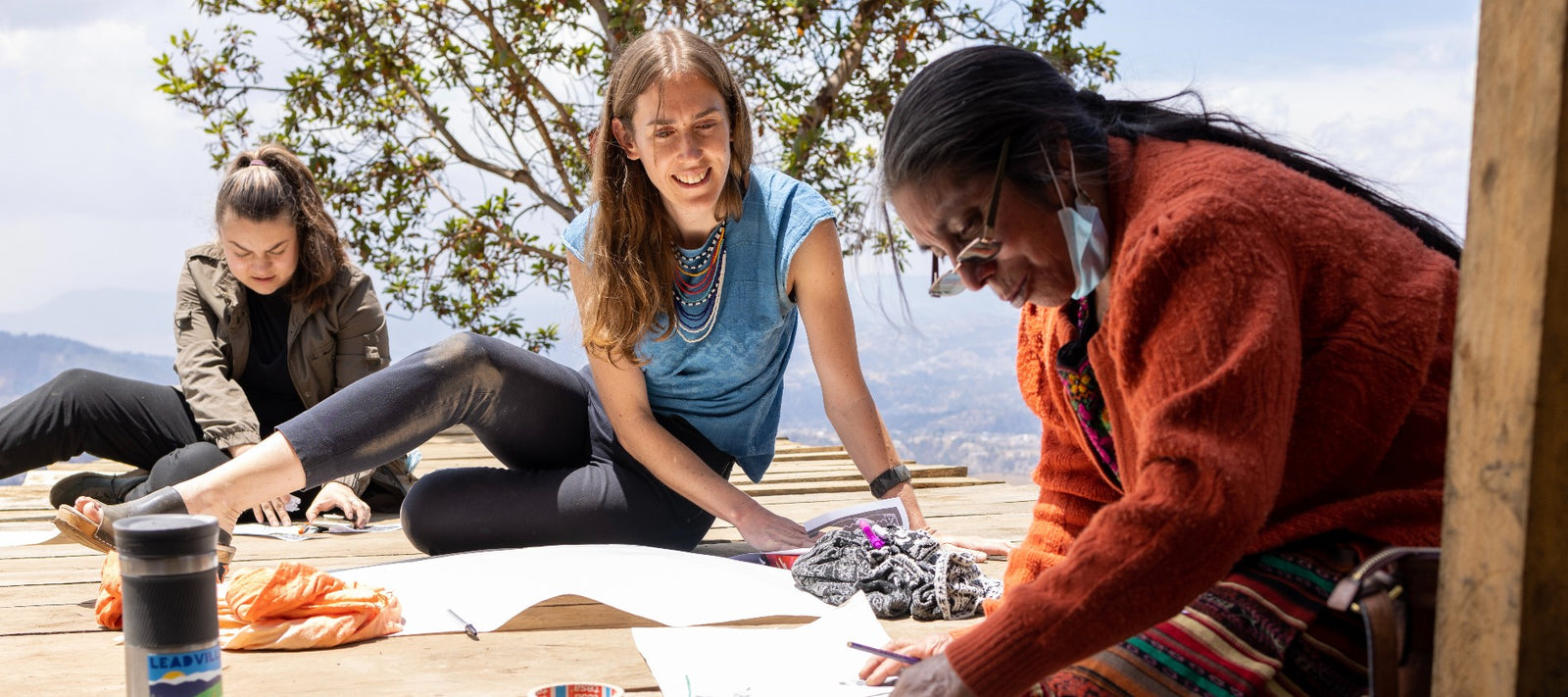
Leave a comment (all fields required)